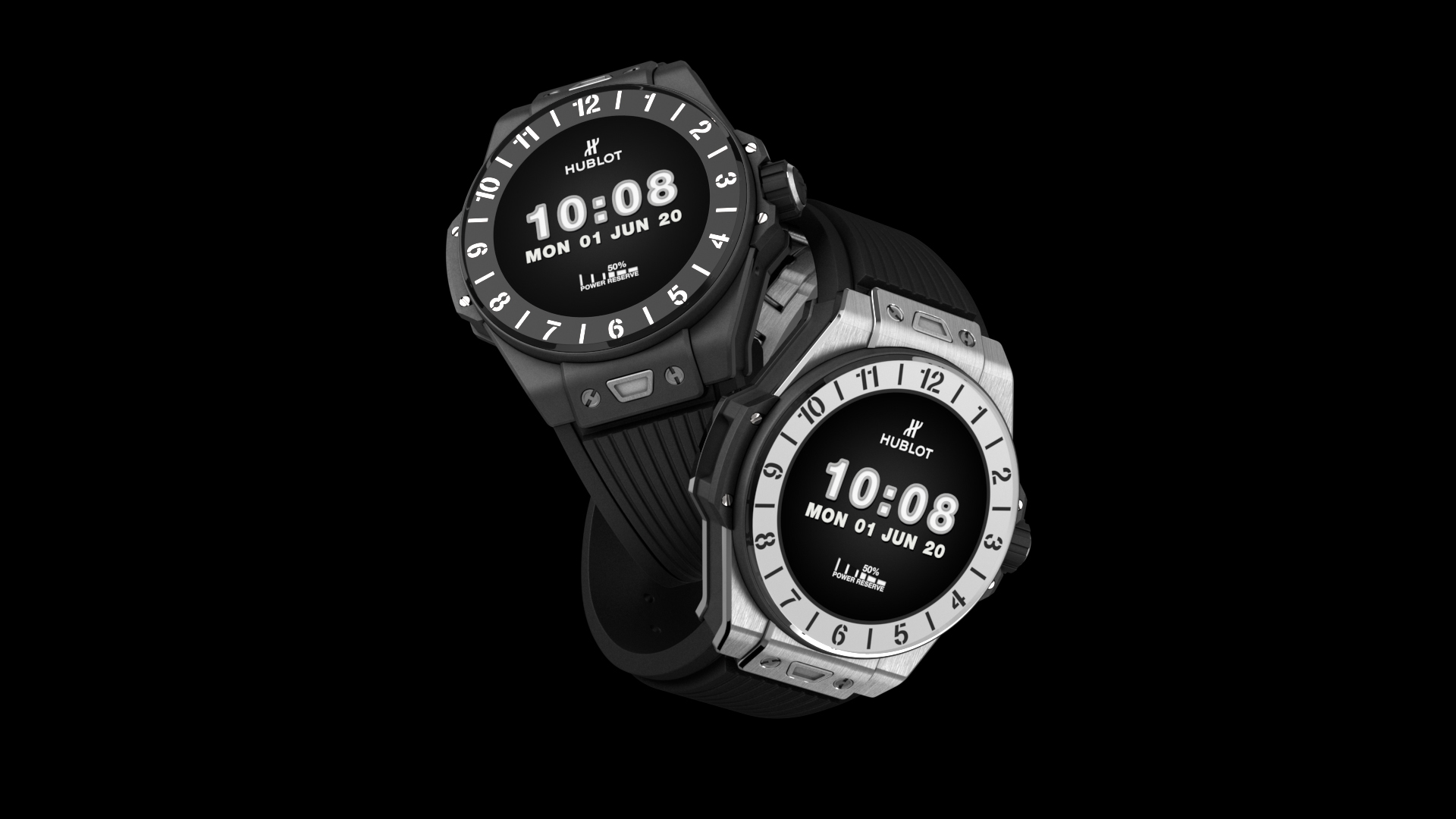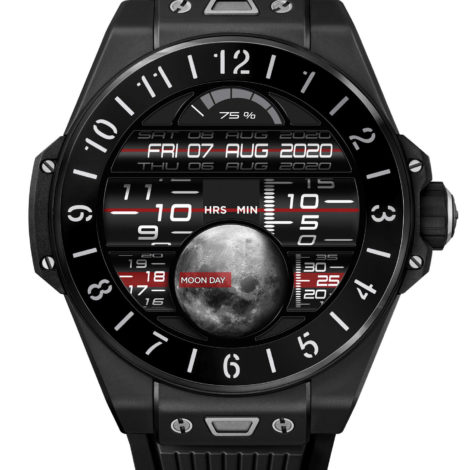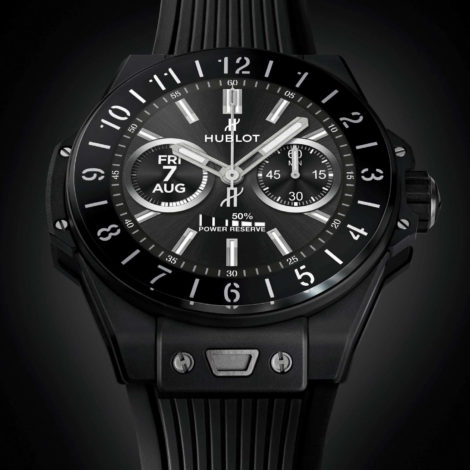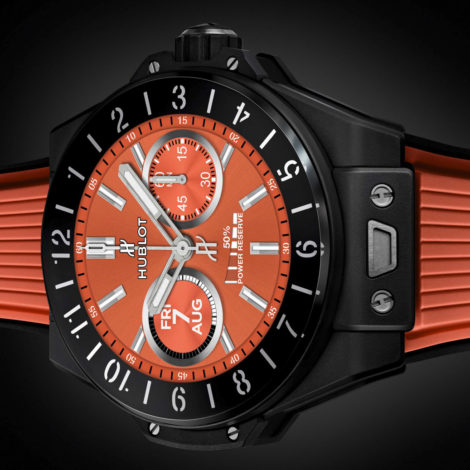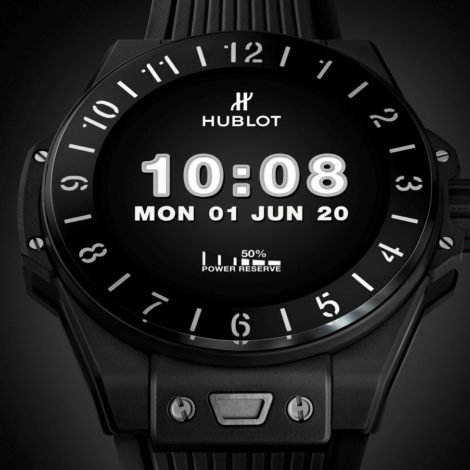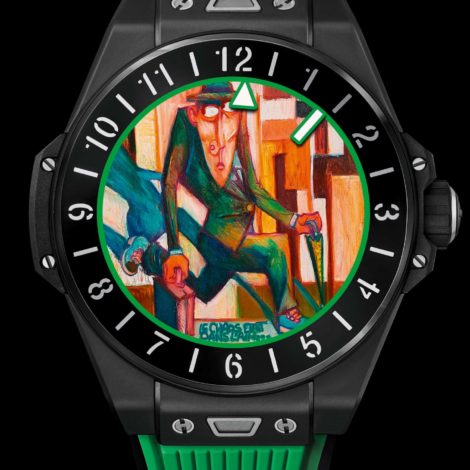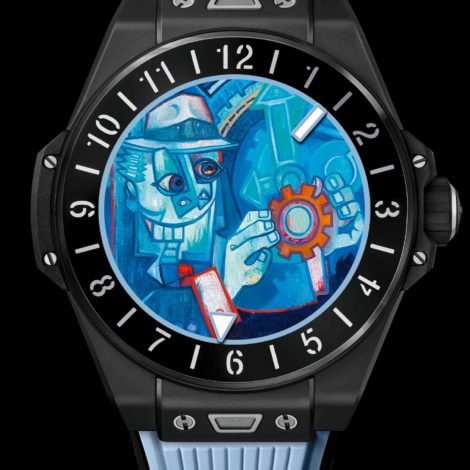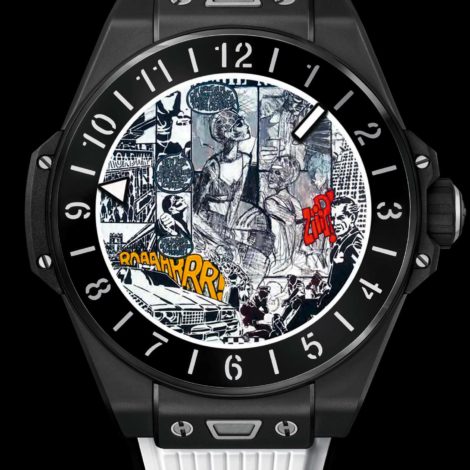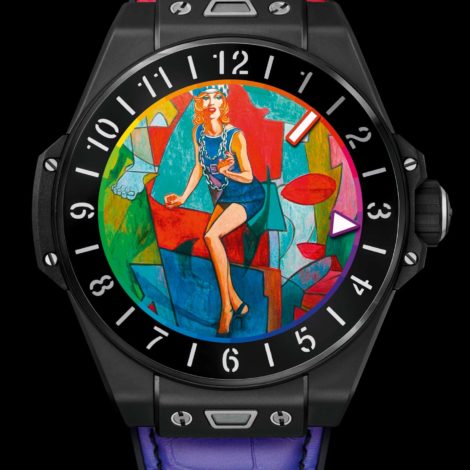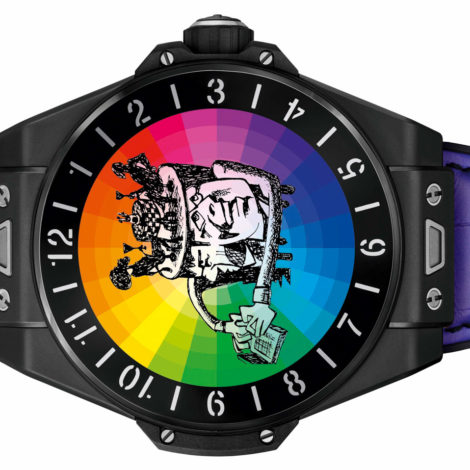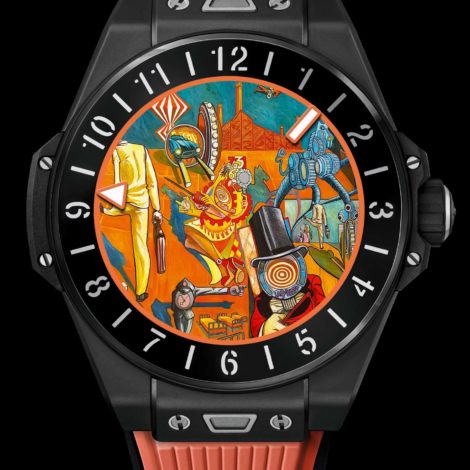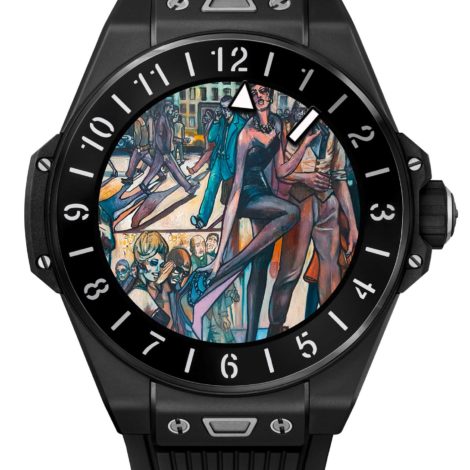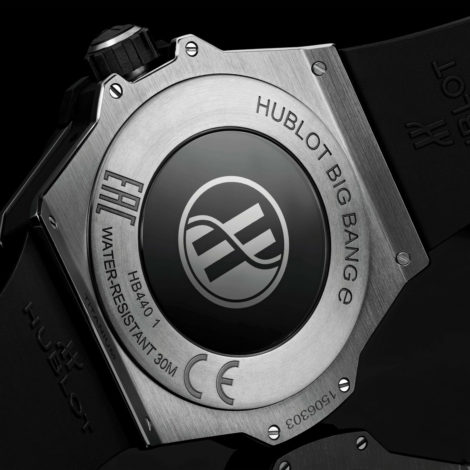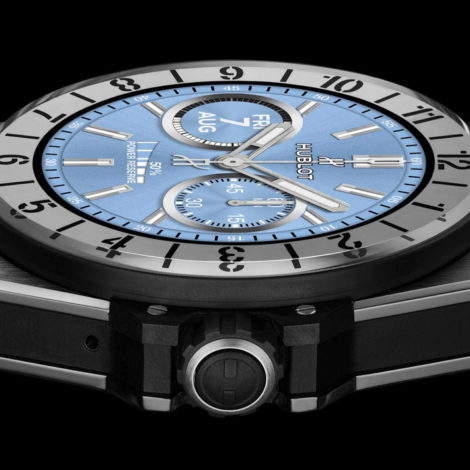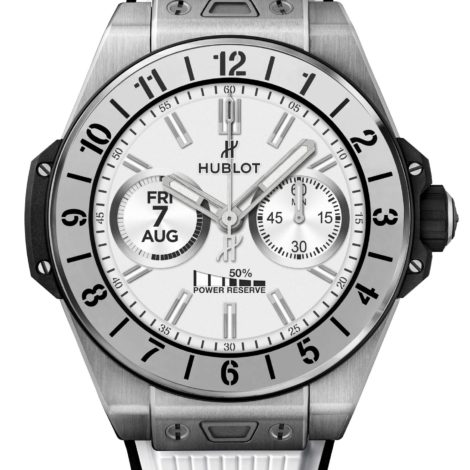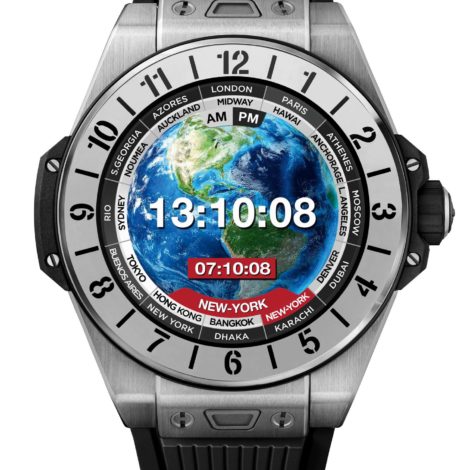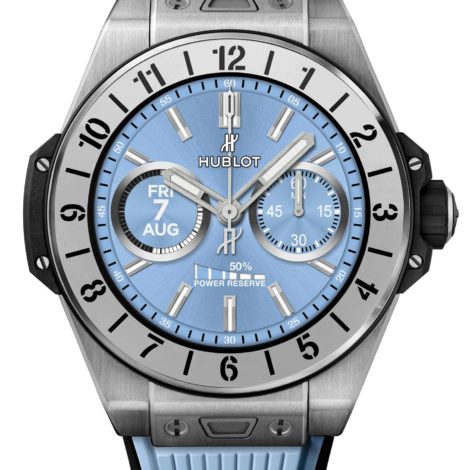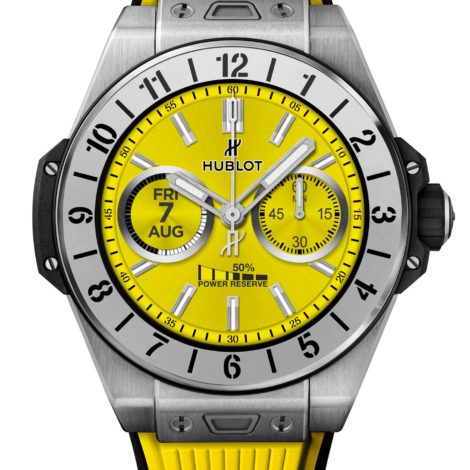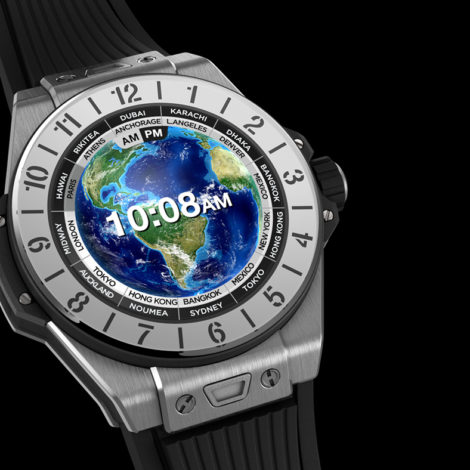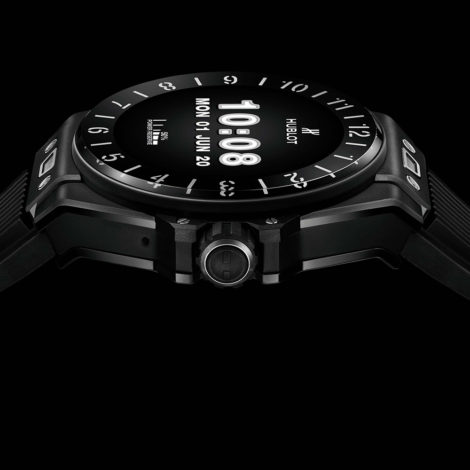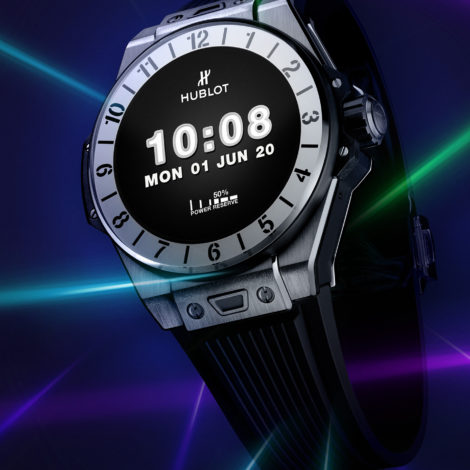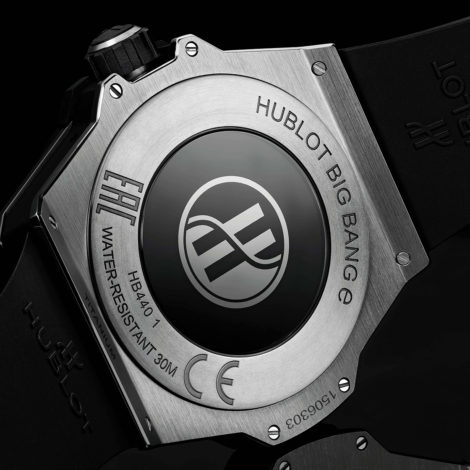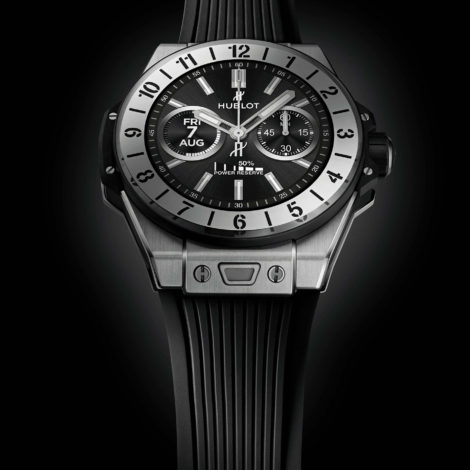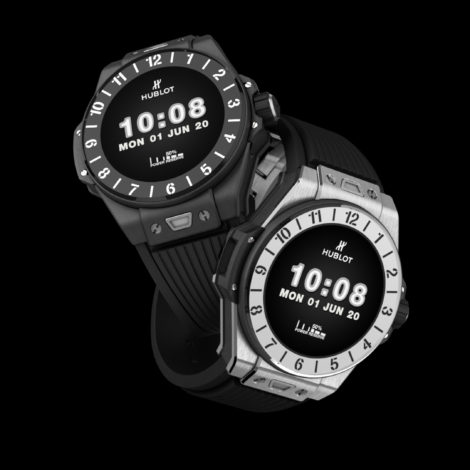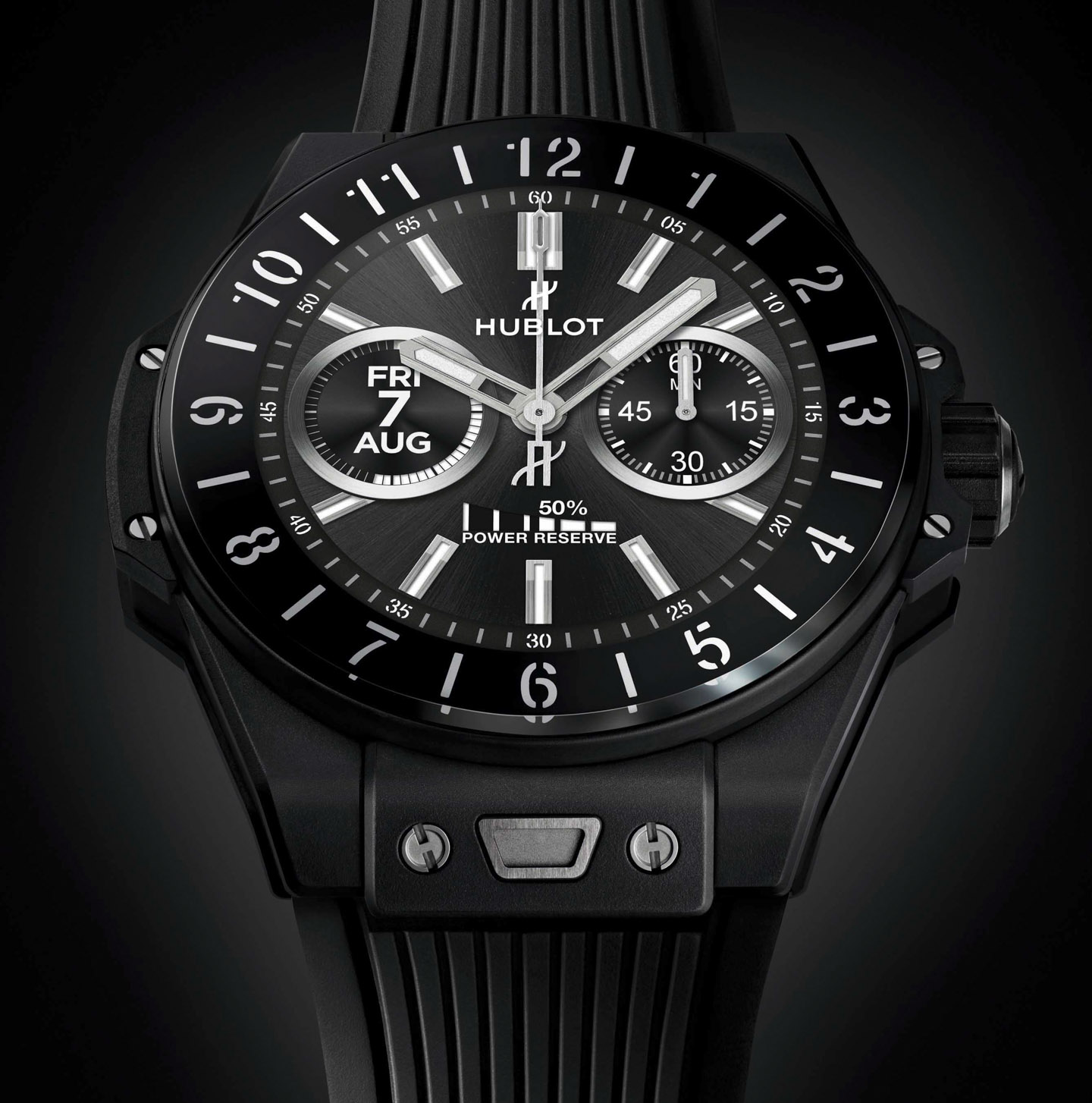
Swiss watchmaker Hublot today unveiled its first full-production smartwatch with the Hublot Big Bang e. This isn’t the luxury brand’s first smartwatch, which was a limited-edition model produced with soccer (football) referees in mind that aBlogtowatch covered hands-on here in 2018. The Big Bang e builds on that platform and is part of parent company LVMH’s larger push into high-end smartwatches. LVMH’s TAG Heuer debuted a new Connected smartwatch collection in March 2020, and LVMH’s Louis Vuitton also sells a number of smartwatches.
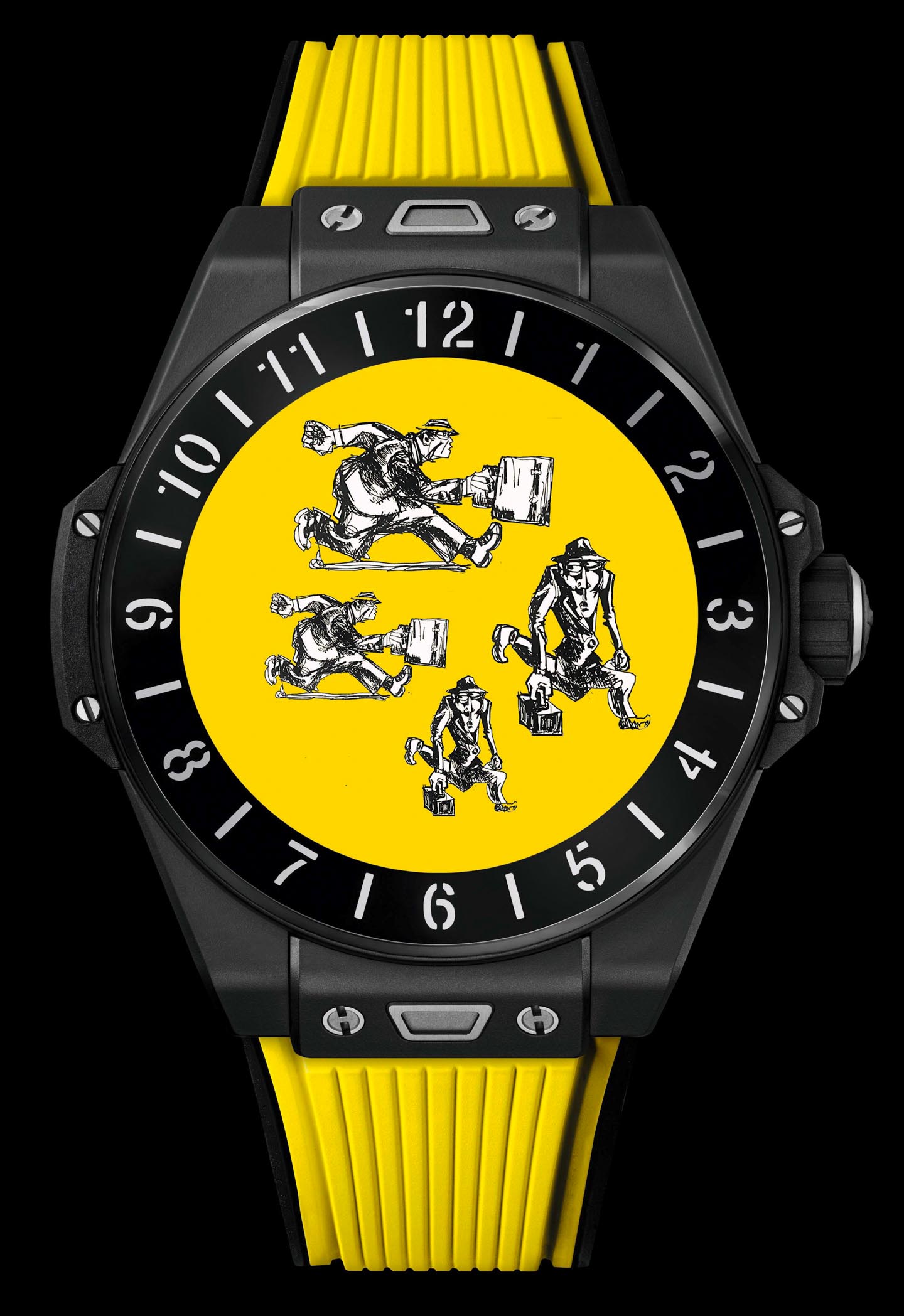
Each of these brands is still primarily a traditional watchmaker, with smartwatches existing as an added flavor to their larger product assortments. That said, as smartwatches become increasingly accepted by the luxury community, more lifestyle smartwatches are coming onto the market that use stable software platforms (Google Wear OS, in this instance) in combination with a brand’s particular aesthetic DNA, along with quality case and strap construction. A case in point is Hublot, which manages to use a modified version of its stock Big Bang case and strap with an electronic smartwatch module and screen — replacing a traditional dial and mechanical movement on the inside.
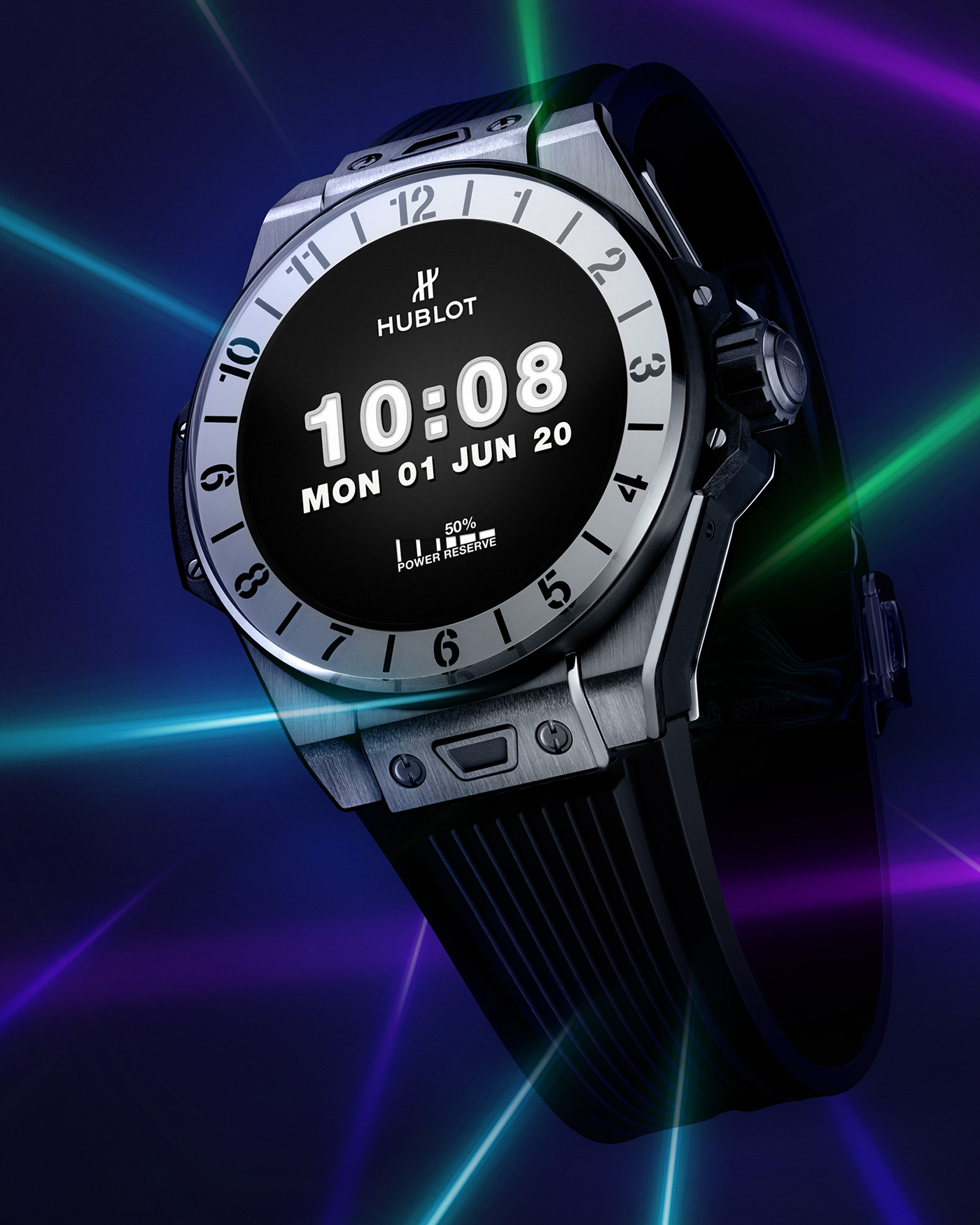
The Hublot Big Bang e debuted in two forms, one as the reference 440.NX.1100.RX in titanium and also as the reference 440.CI.1100.RX in black ceramic. Each of the watches is 42mm-wide and 12.8mm-thick (water-resistant to 30 meters). While I haven’t worn these watches hands-on yet, the case sizes are small enough to suggest that consumers worried about overly bulky smartwatches need not be too concerned about how the Big Bang e will look on the wrist. I imagine that the screen technology will be similar to that used in LVMH’s TAG Heuer and Louis Vuitton smartwatches — as those, along with the Hublot Big Bang e, share the same underlying hardware and AMOLED touchscreen. It also appears that Hublot will be using the crown of the watch for scrolling through menu items, etc., in the Google Wear operating system environment.
Novel to the Hublot Big Bang e smartwatch experience (in addition to the Big Bang-style case) will be original “watch face” software available on the device. Hublot consumers will have exclusive access to special watch dial software specifically meant to go with the design and theme of the case and product. Hublot will naturally want to promote its own brand DNA as much as possible in the smartwatch — but from a functionality standpoint, the Big Bang e does not appear to offer tools unavailable in other watches equipped with the same operating system.

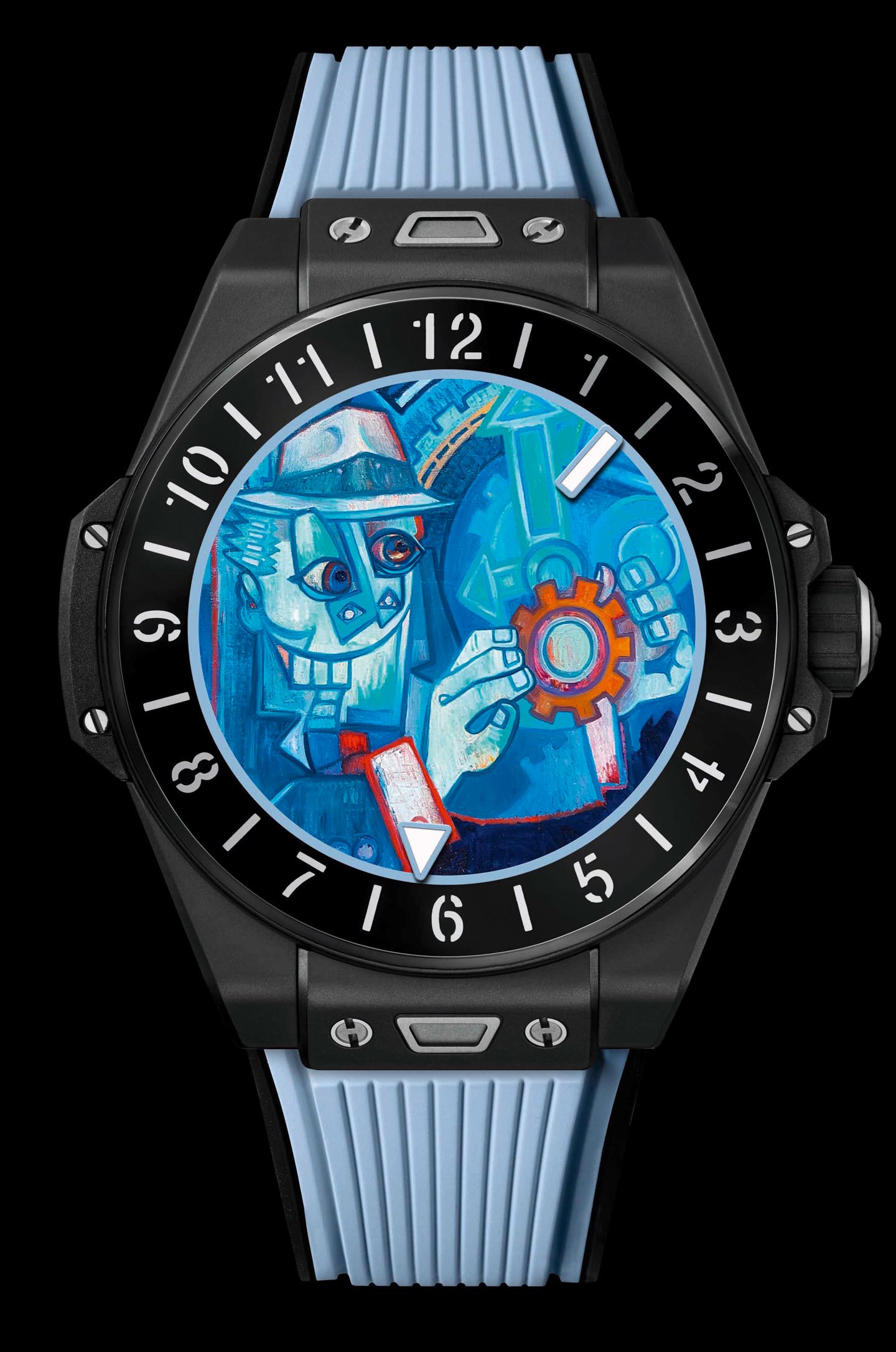
The world is increasingly interested in luxury smartwatches. Growth in this sector is primarily for young consumers who love what luxury Swiss watch brands represent but who are more prone to interest in a modern vs. traditional watch. Products like the Big Bang e are designed to let more youthful consumers enjoy being connected to their digital life via their timepiece but who also seek the aesthetic allure of wearing a distinctive lifestyle luxury watch. I fully expect smartwatch sales to reach up to 25% of the sales of some luxury brands, provided they are able to effectively and consistently reach the right customers.
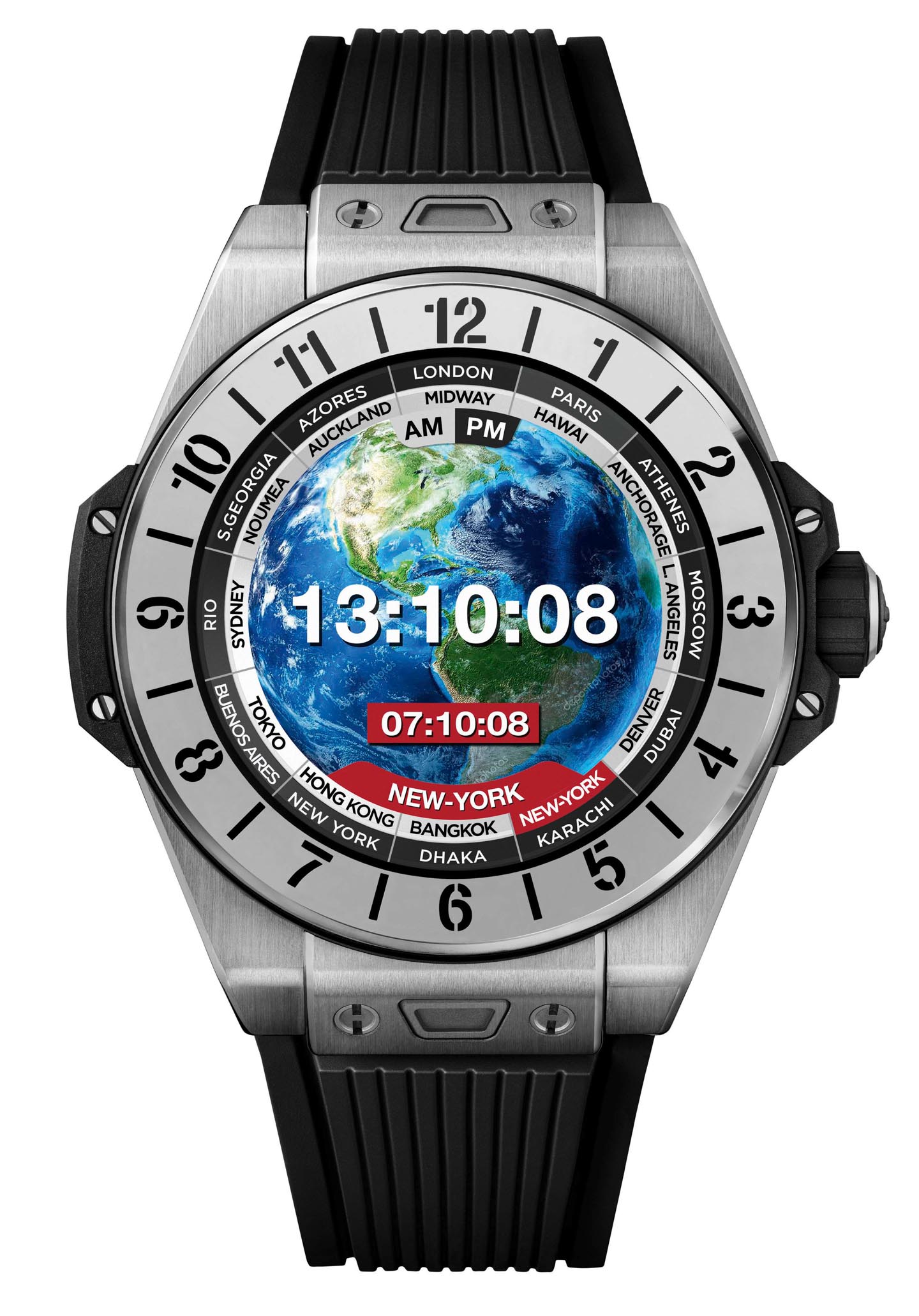
While prices for the Hublot Big Bang e smartwatches are high when compared to other connected watches on the market, they are a bargain when considering the standard retail price of most mechanical Hublot timepieces. In that regard, the Big Bang e is a good entry point to the brand and probably a smart decision, overall, assuming Hublot is able to faithfully follow and understand the habits of the consumers who purchase them. Price for the Hublot Big Bang e is $5,200 USD in titanium and $5,800 USD in black ceramic. The watches will be available in mid-June, 2020 to members of Hublot’s Hublotista fan club, and then more widely available via Hublot e-commerce starting in July. Learn more at the Hublot website here.

